Learn about the myriad benefits of community gardens, as well as how you can join a community garden in your own neighborhood.

What is a Community Garden?
Creative use of space is becoming an integral part of urban living. What better way to use land than to grow fresh fruits and vegetables? Well, community gardens (CG) are doing just that and much more to benefit the community. Simply put, a CG is a plot of land, usually operated by the city, where individuals (known as gardeners) can rent a space to grow their own plants. Gardeners pay an initial, sometimes refundable deposit, and a monthly fee for use. CGs can be located in parks, in between houses, or in other creative areas, like the unused space beneath power lines. Plot size varies greatly depending on location and demand, for example, some plots in Torrance, California are 20′ x 20′, while spaces in Downtown Los Angeles can be as small as 1′ x 4′!
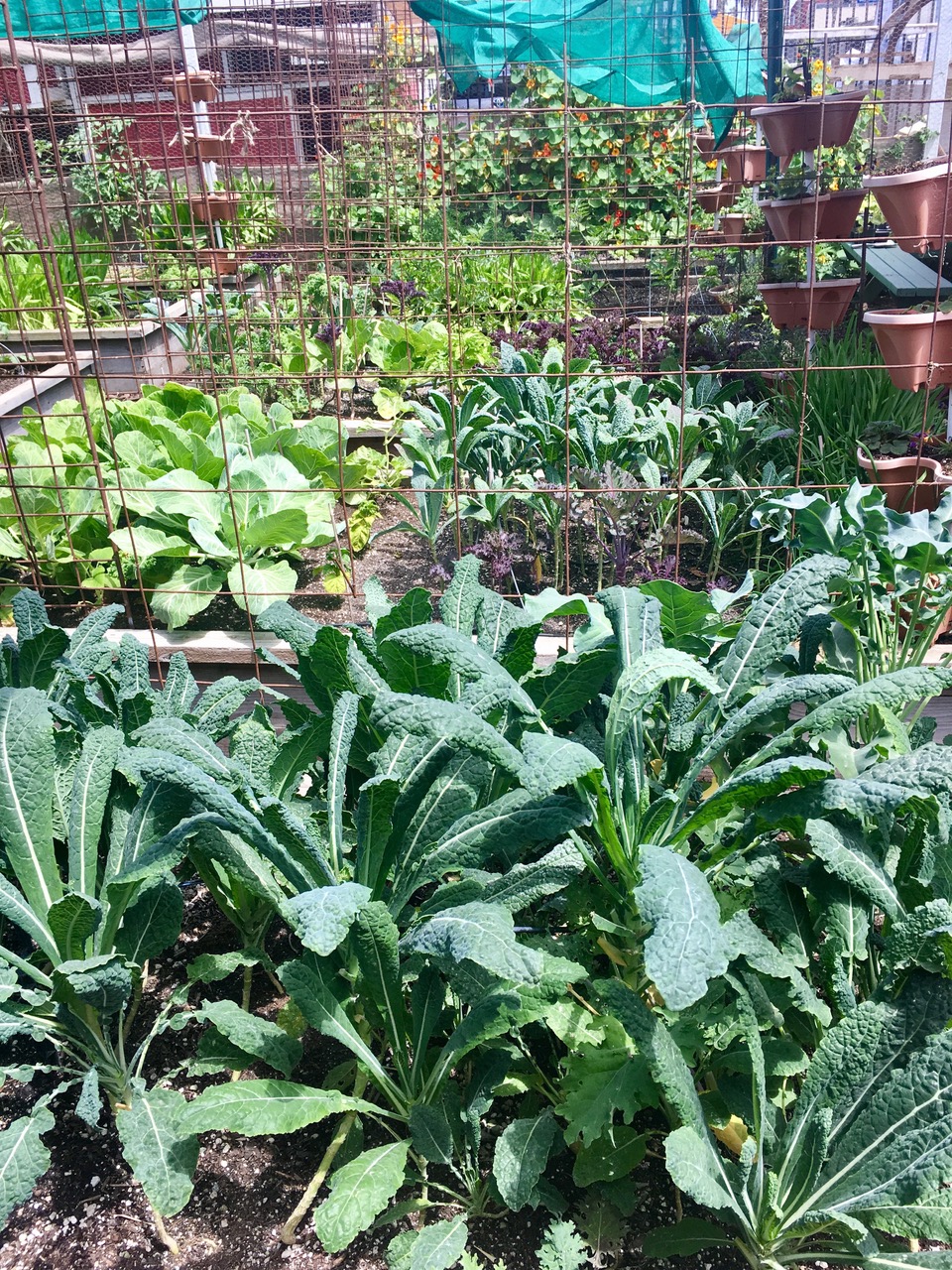
How Do Community Gardens Operate?
Each CG is operated differently, meaning each has their own set of rules and etiquette. Most CGs will allow “kitchen vegetables” only, like zucchini, peppers, or tomatoes. Fruit trees can be messy, but also spread wide roots, and are generally only allowed if they are small in size and kept in clay pots. Many CGs outline what type of farming practices are acceptable, such as fertilization or pesticide use.
Although CGs are only contracted to provide water, many of them have community tools or equipment that stay on the property. Torrance Garden Manager RJ Mallardi says sometimes people bring plants or potted trees from home to rehabilitate them when they are not thriving. After a few weeks of living in the garden, the rehabilitated plant goes home healthier. Mallardi explains that the CG should be a place of open communication. Keeping the garden manager, neighbors, and fellow gardeners in the know about your plot can help you keep your garden healthy during long absences or high yields.
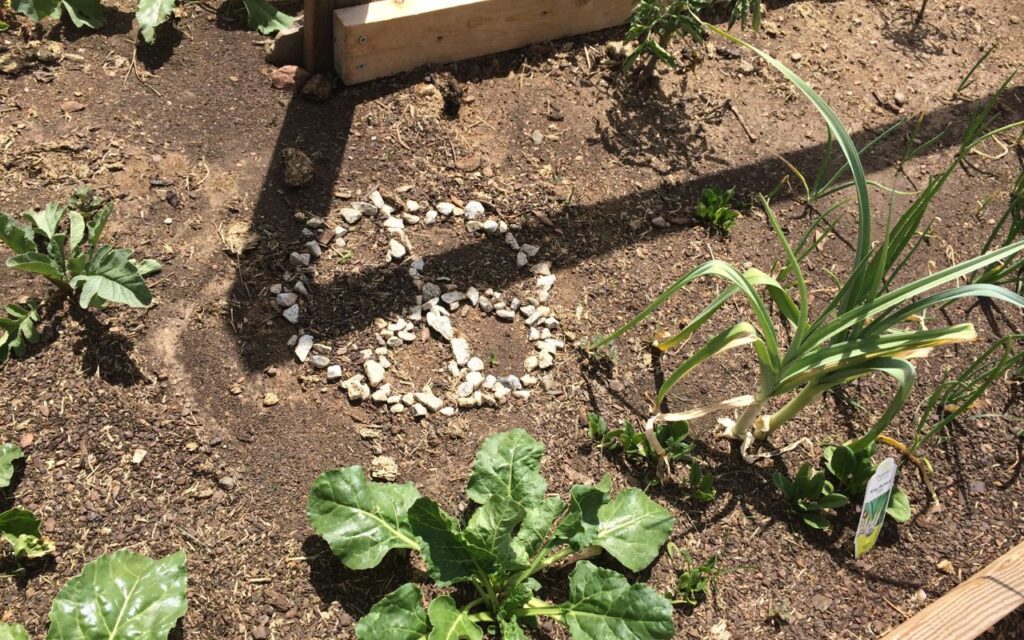
How do Community Gardens Benefit the Community?
The benefits to CGs seem endless, and can be found for both individuals as well as whole communities. Joyce Chan, who oversees the Community Garden Program in Torrance, California, explains that people find spiritual, psychological, and emotional benefits. Some people are very thankful for the opportunity to grow vegetables to feed their families or underserved populations, says Chan. The community also benefits because previously unused or rugged areas can be developed into learning environments that promote health and wellness. One study in Maryland found that the creation of community gardens could improve urban environments, particularly in revitalizing areas that had previously been degrading (Poulsen et al., 2014).
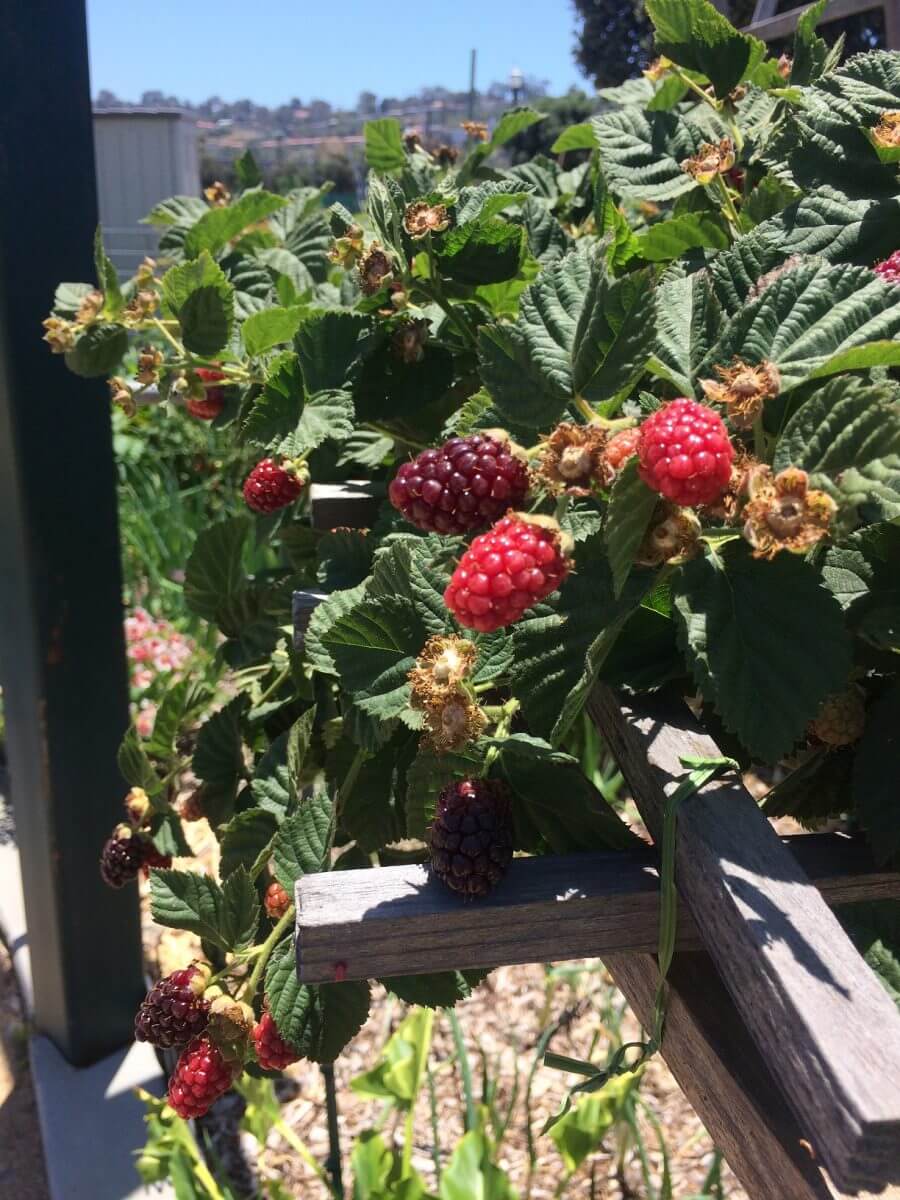
There are physical benefits to CGs as well. Maintaining a garden requires a decent amount of exercise. And one study found that individuals who participated in community gardens were over two times more likely to meet the national dietary recommendations for fruits and vegetables than non-gardeners (Litt et al., 2011). Individuals who participated in community gardens consumed fruits and vegetables 5.7 times per day, while non-gardeners only consumed them 3.9 times per day (Litt et al., 2011). So not only do you get your exercise, but you’re more likely to eat the veggies you grow!
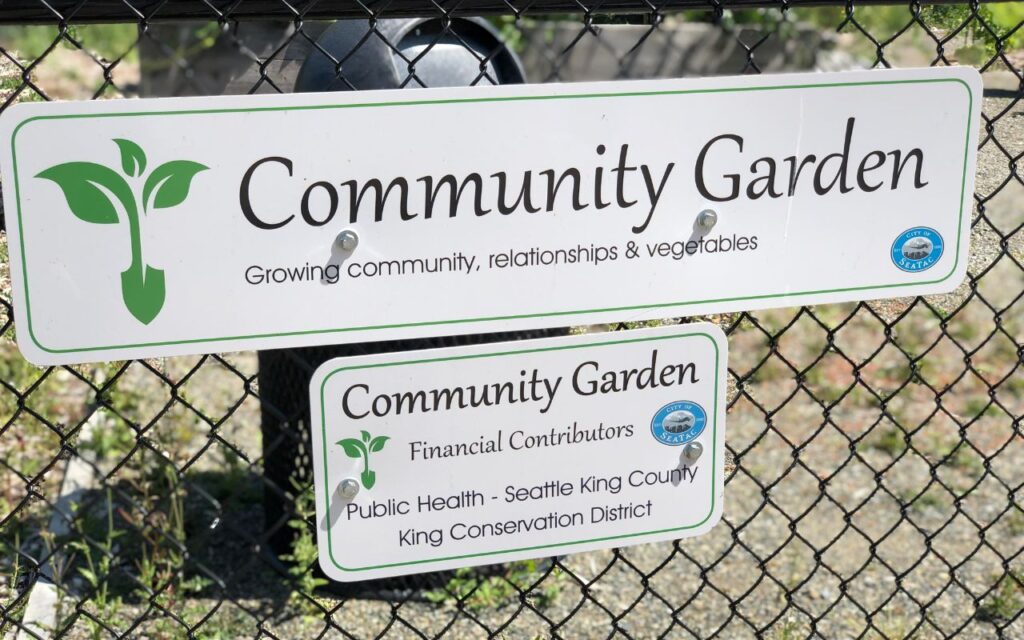
Other populations may benefit from CGs for their educational value. Teaching children where food comes from and how they can grow it is an important lesson that can’t be taught from a textbook. Other educational opportunities exist, too. Chan revealed that one of the CGs in downtown LA offered gardening lessons to homeless so they could learn to grow food.

How Can I Get Involved?
Hop online and search your city’s website for community gardens. Spread the word about CGs by sharing information on social media, or find ways to participate, like volunteering time or donating supplies to a nearby CG. You can also support your local CG by making sure your city councilpersons understand the positive impact it has on your community. Don’t have one in your town? Talk to your city personnel and ask what steps are needed to start one. There is no size limitation, and it can be started with only a few people interested. With so many benefits, what are you waiting for? Dig into a CG today!
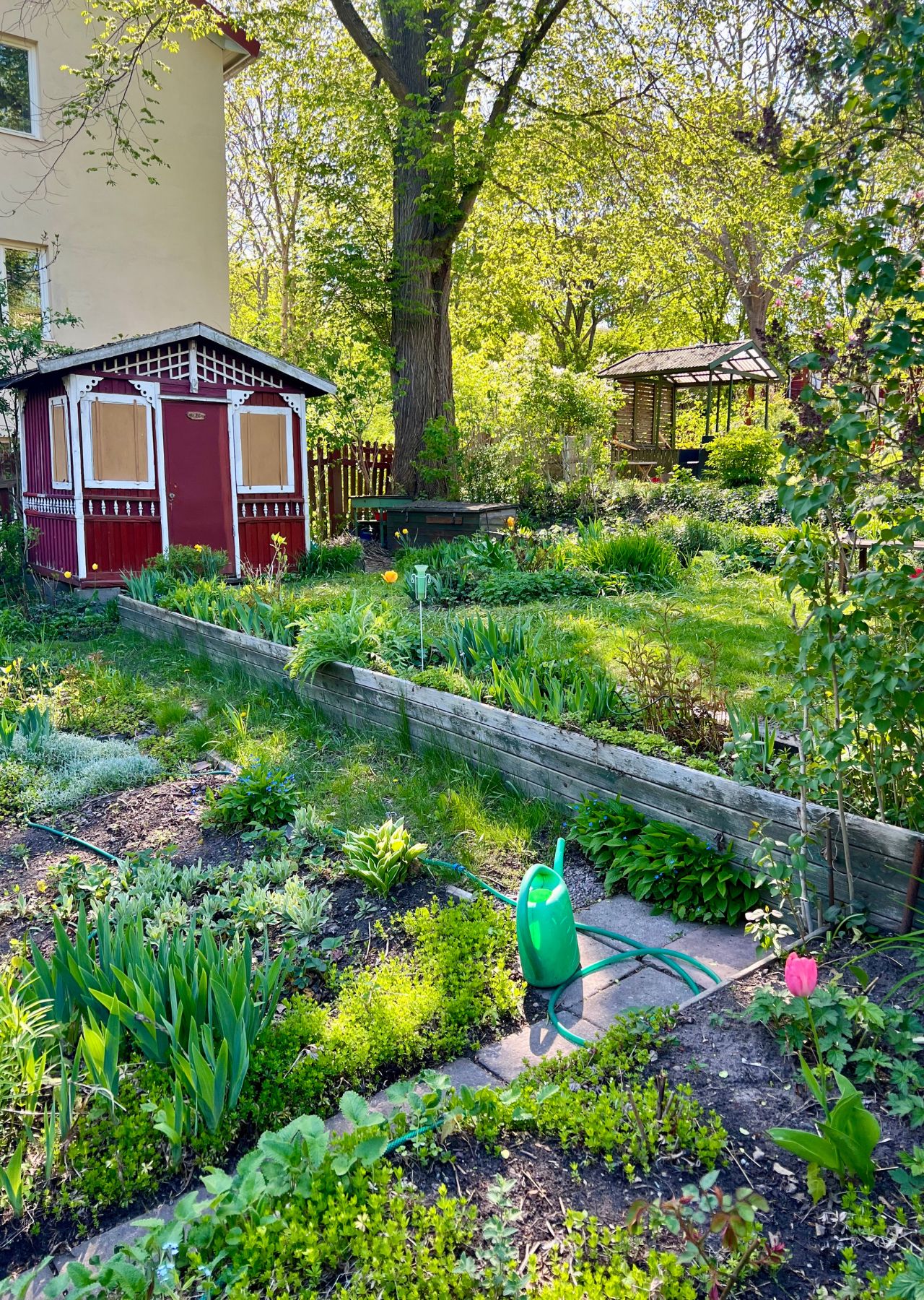
Photography by Jill Vrastil and Sharon Palmer
For more information on how to grow your own food, check out the following blogs:
Get my free Grow Your Own Food Toolkit here.
Check out some of my favorite seasonal recipes featuring local produce:
References:
Poulsen, M. N., Hulland, K. R., Gulas, C. A., Pham, H., Dalglish, S. L., Wilkinson, R. K., & Winch, P. J. (2014). Growing an urban oasis: A qualitative study of the perceived benefits of community gardening in Baltimore, Maryland. Culture, Agriculture, Food and Environment, 36(2), 69-82.
Litt, J. S., Soobader, M. J., Turbin, M. S., Hale, J. W., Buchenau, M., & Marshall, J. A. (2011). The influence of social involvement, neighborhood aesthetics, and community garden participation on fruit and vegetable consumption. American journal of public health, 101(8), 1466-1473.
More Tools for Eating and Living the Goodness

